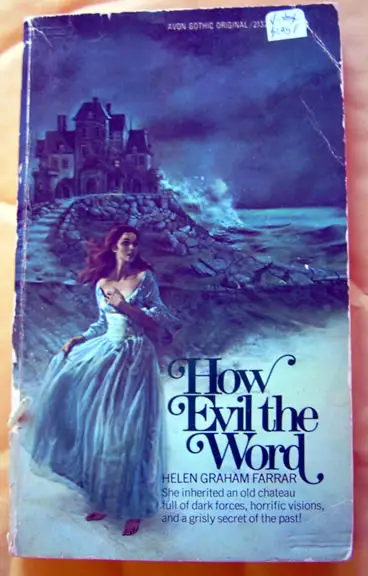
Maybe it’s your first year decorating your brick and mortar, or this year it’s finally YOUR turn to handle the decorating, or with the slow economy, you want to do something really eye-catching. You have such plans! But first save yourself a lot of headaches by making sure your plans are safe and won’t cause you headaches, literally. Many popular holiday decorations can be fire hazards, are poisonous to children, or can even induce seizures! Items that are fine in a home setting may be inappropriate in a shop because of the amount of handling they’ll receive, because unsupervised children may get their hands on them, or because you’re a public shop you may have people with special health concerns come in.
PLANTS
I normally go for a natural pine bough wrap around the front banister rather than an artifical one each year since I don’t have to store it and I can compost it to feed my spring flowers. Live or cut natural materials can be a good choice for decorating, but beware of a few popular items.
Pointsetta
Pointsettas are from the same family as latex and can cause allergic reactions in individuals allergic to latex. Skip these if you have employees you know are allergic. They’re also mildly toxic. It won’t kill someone to eat them, but will irritate the digestive tract of children and animals and may result in vomiting. Keep them out of reach of children and store pets. Pointsettas can also stain things red if crushed.




